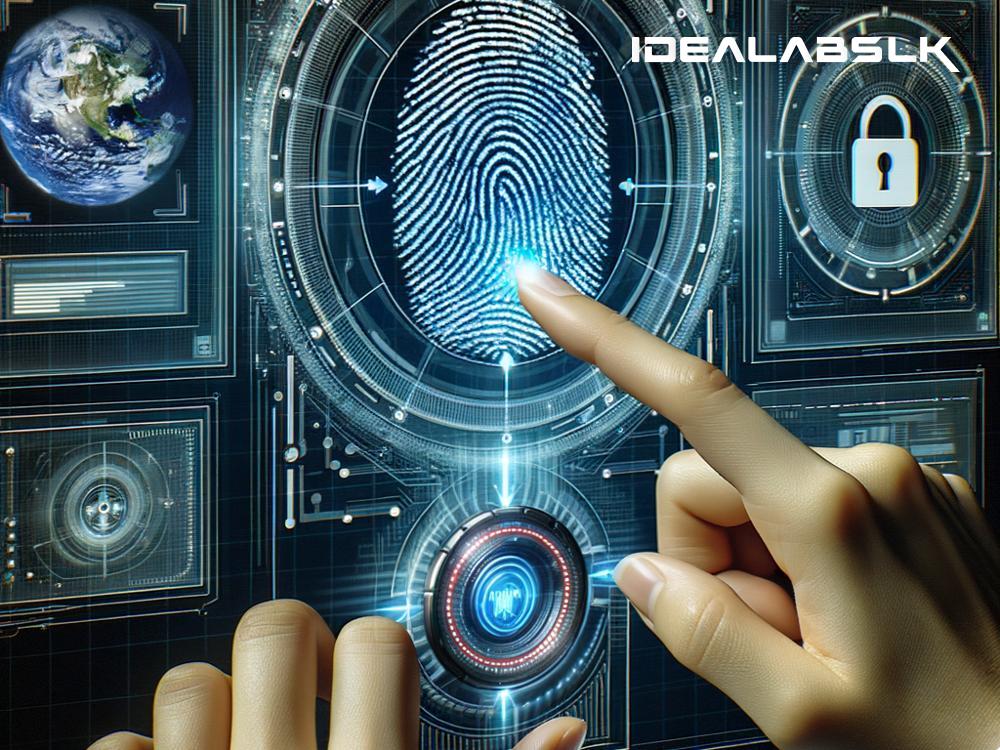Understanding Biometric Authentication in Security Systems
In today's rapidly evolving digital world, ensuring the security of our personal and organizational data has become more critical than ever. Traditional security systems, such as passwords or PIN codes, are no longer deemed sufficient, as they can be easily forgotten, shared, or hacked. This is where biometric authentication steps in as a game changer, providing a more secure and convenient way to authenticate identities. But how exactly does this technology work? Let's dive into the fascinating world of biometric authentication and its role in security systems.
What is Biometric Authentication?
Biometric authentication refers to the identification and verification of individuals based on their physical or behavioral characteristics. Unlike passwords or PINs, which rely on something you know, biometrics relies on who you are. This could include fingerprints, facial recognition, iris scans, voice recognition, or even patterns in the way you walk. Because these attributes are unique to each person, they provide a much more secure and personal method of authentication.
How Does It Work?
Biometric authentication systems consist of several key components, each playing a crucial role in identifying and verifying individuals. Here's a simple breakdown of the process:
-
Data Capture: The first step involves capturing the biometric data from the individual. For example, a scanner might take a digital image of your fingerprint or face.
-
Data Storage: Once captured, your biometric data is converted into a digital format and stored in a database for future comparison. This stored data is often referred to as a biometric template.
-
Comparison and Matching: The next time you need to authenticate, the system captures your biometric data again and compares it with the stored template.
-
Decision: If the fresh capture matches the stored template, the system authenticates your identity, granting access. If not, access is denied.
This entire process happens in seconds, offering a quick and efficient way to secure access to devices, applications, or premises.
The Benefits of Biometric Authentication
Biometric authentication systems boast several advantages over traditional security methods, including:
-
Enhanced Security: Since biometric characteristics are unique to each individual, it’s much harder for someone to replicate your identity, reducing the risk of unauthorized access.
-
Convenience: Forget about memorizing passwords or carrying key cards. With biometric authentication, your identity is always with you, simplifying the login process.
-
Non-transferable: Biometric characteristics cannot be easily shared, lent, or stolen, ensuring that the person granted access is indeed the authorized user.
-
Speed: Biometric systems can verify identities quickly, providing a seamless experience without compromising security.
Applications of Biometric Authentication
Biometry is already a part of our everyday lives. Here are a few examples where biometric authentication is making an impact:
-
Smartphones and Laptops: Many devices now include fingerprint scanners or facial recognition features to unlock the screen or authenticate payments.
-
Banking and Financial Services: Financial institutions use biometrics to enhance the security of transactions, whether it’s through ATMs that recognize your fingerprint or apps that use voice recognition for customer service.
-
Access Control: From securing entry into buildings to restricting access to sensitive areas within an organization, biometric systems offer a reliable way to manage physical security.
-
Airports and Border Control: Biometric passports and face recognition systems are increasingly being used to streamline security checks and immigration processes.
The Future and Challenges
As biometric authentication technology continues to evolve, we can expect even more innovative applications in the future. However, the technology also faces challenges, particularly concerning privacy and data protection. Ensuring that biometric data is stored securely and used ethically remains a crucial consideration for developers and users alike.
In Conclusion
Biometric authentication represents a significant leap forward in securing our digital and physical worlds. By leveraging the unique traits inherent to each of us, biometric systems offer a more secure, convenient, and efficient alternative to traditional security methods. As technology advances and awareness grows, the adoption of biometric authentication is set to become even more widespread, ushering in a new era of security that is both personal and impenetrable.

